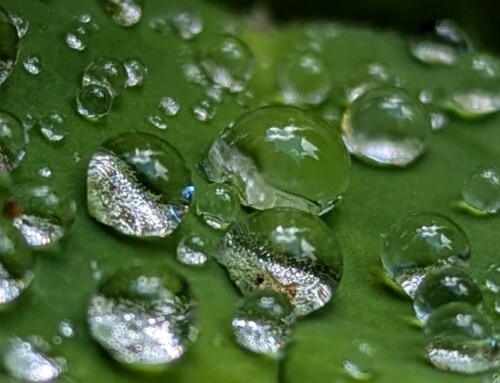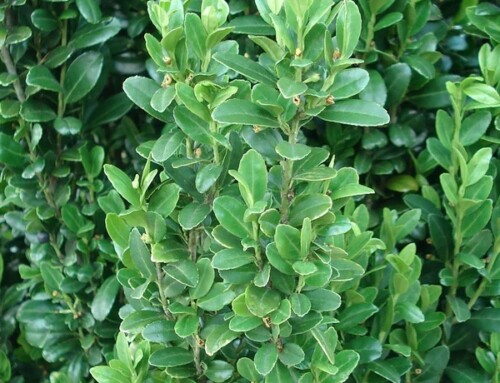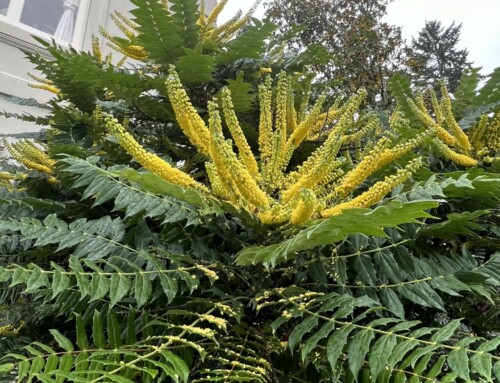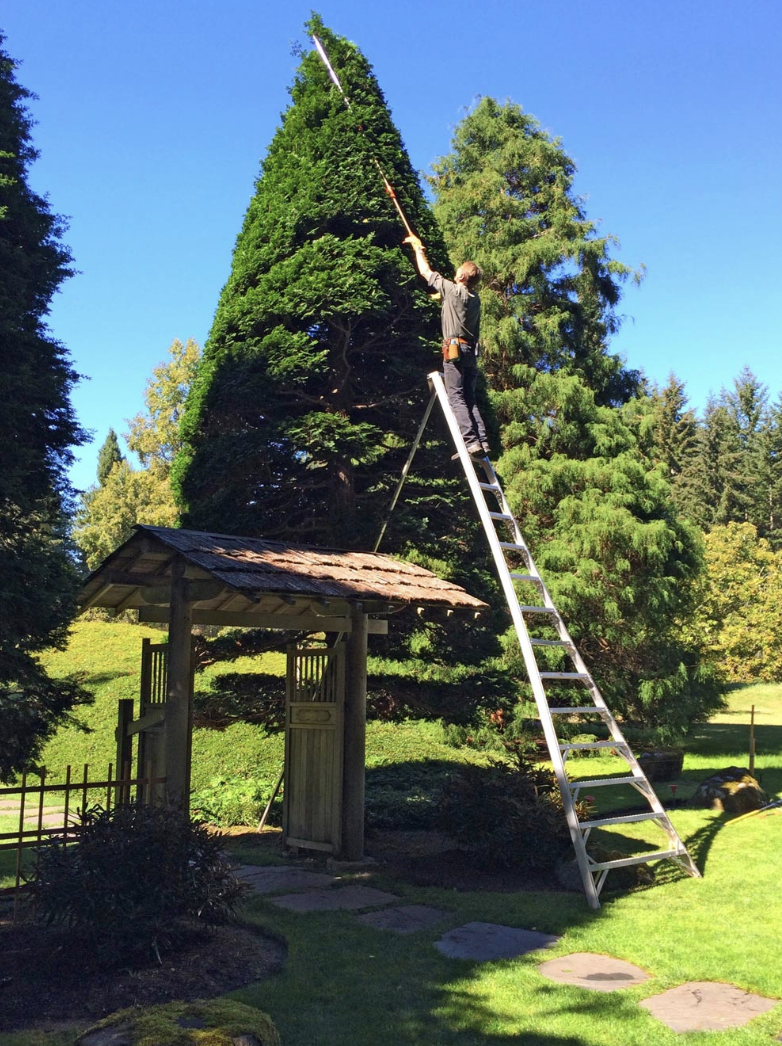 If you visit the Japanese Garden at Bloedel Reserve during May, you might catch a glimpse of Japanese Garden Caretaker Bob Braid performing a time-honored horticultural ritual: pine candling. With steady hands and a careful eye, Bob trims the prominent upright buds—known as “candles”—from the branch tips of our pine trees, helping preserve the iconic form of these beloved specimens.
If you visit the Japanese Garden at Bloedel Reserve during May, you might catch a glimpse of Japanese Garden Caretaker Bob Braid performing a time-honored horticultural ritual: pine candling. With steady hands and a careful eye, Bob trims the prominent upright buds—known as “candles”—from the branch tips of our pine trees, helping preserve the iconic form of these beloved specimens.
This practice, called pine candling, is a springtime technique used to maintain the refined shape and compact growth of pine trees, especially in traditional Japanese gardens. The candles, which are the tree’s new shoots, are selectively trimmed just as they begin to elongate. The result? A sculpted, cloud-like form that reflects centuries of Japanese horticultural artistry.
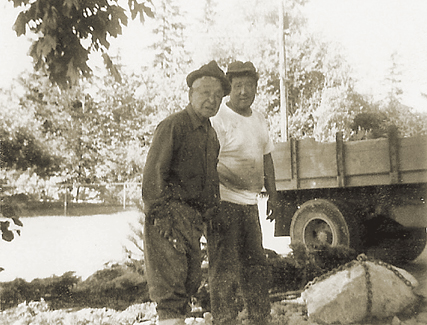 The pines in Bloedel’s Japanese Garden have deep roots in history. They were originally planted by renowned Seattle garden designer Fujitaro Kubota, who was invited to design and install elements of the garden in 1955. Today, near the pond, you’ll find a stunning trio of pine species:
The pines in Bloedel’s Japanese Garden have deep roots in history. They were originally planted by renowned Seattle garden designer Fujitaro Kubota, who was invited to design and install elements of the garden in 1955. Today, near the pond, you’ll find a stunning trio of pine species:
- Japanese Black Pine (Pinus thunbergii)
- Japanese White Pine (Pinus parviflora)
- Japanese Red Pine (Pinus densiflora)
Some of these trees stretch gracefully over the pond, their silhouettes shaped by decades of care and tradition.
Pine pruning at Bloedel follows a two-year cycle:
- Year one: The candles are cut in half to encourage shorter, denser branching.
- Year two: The candles are fully removed to maintain the tree’s compact, stylized form.
Each cluster of candles typically contains a dominant central shoot (often female) surrounded by smaller secondary shoots. If left untrimmed, the central candle would grow into a long, straight branch, with the surrounding candles developing into side shoots—ultimately creating a less controlled, more natural shape. 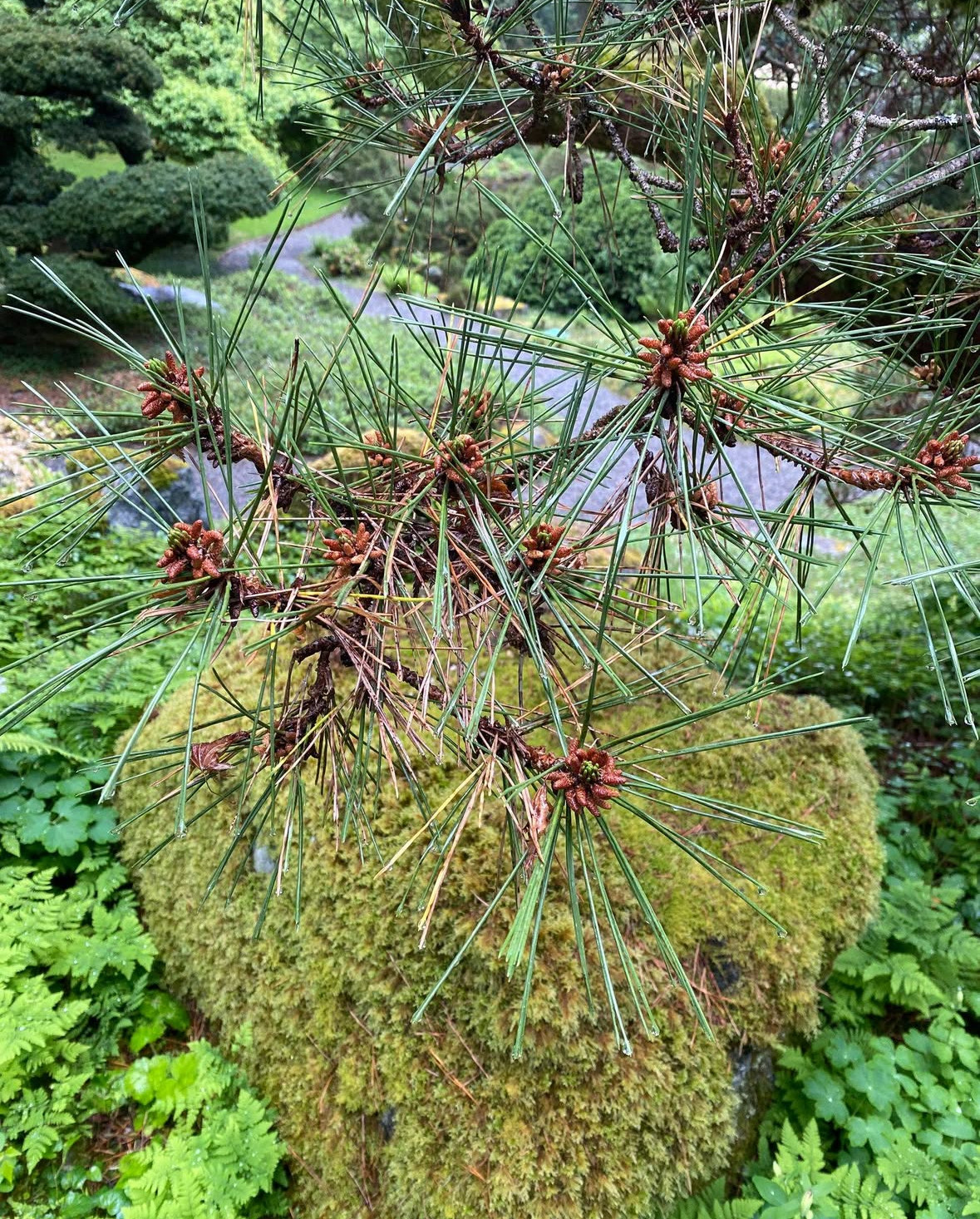
By practicing this mindful pruning technique each May, Bob and the horticulture team uphold the garden’s traditional aesthetic while also honoring the legacy of Kubota’s original design. So next time you stroll through the Japanese Garden, take a moment to appreciate the subtle balance of nature and nurture—where every branch tells a story shaped by care, intention, and art.


